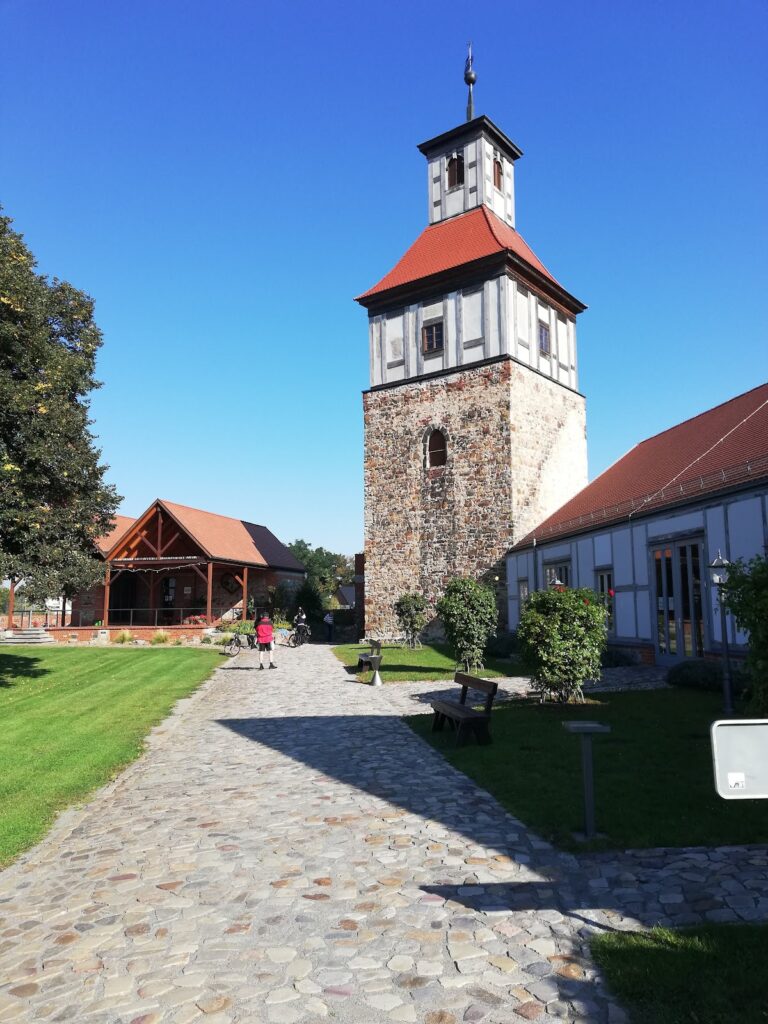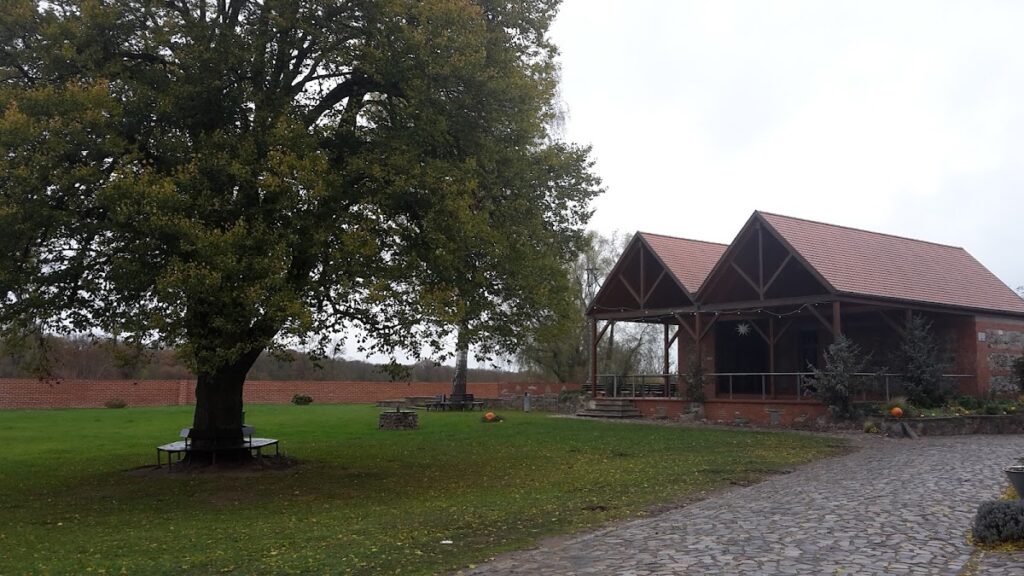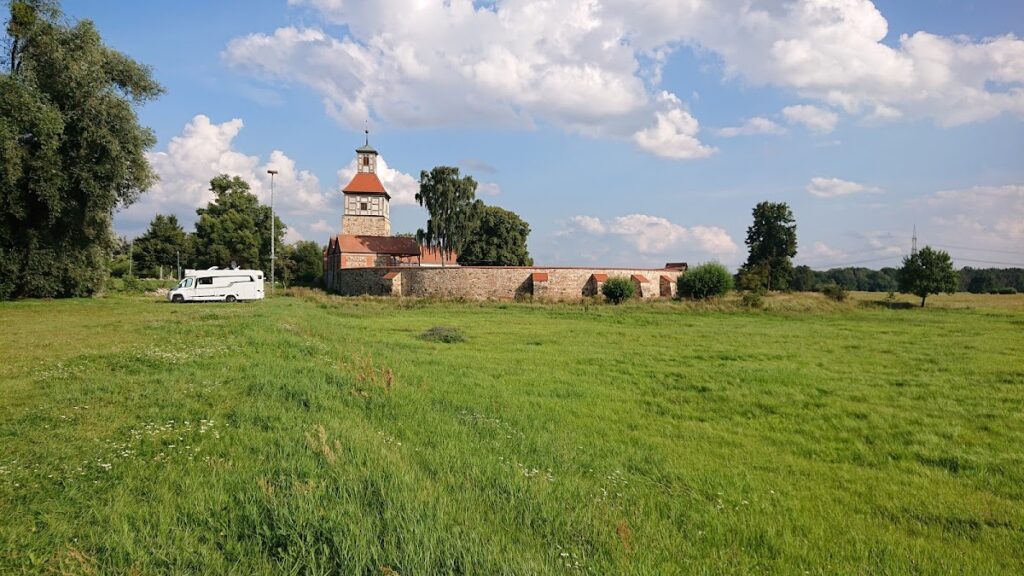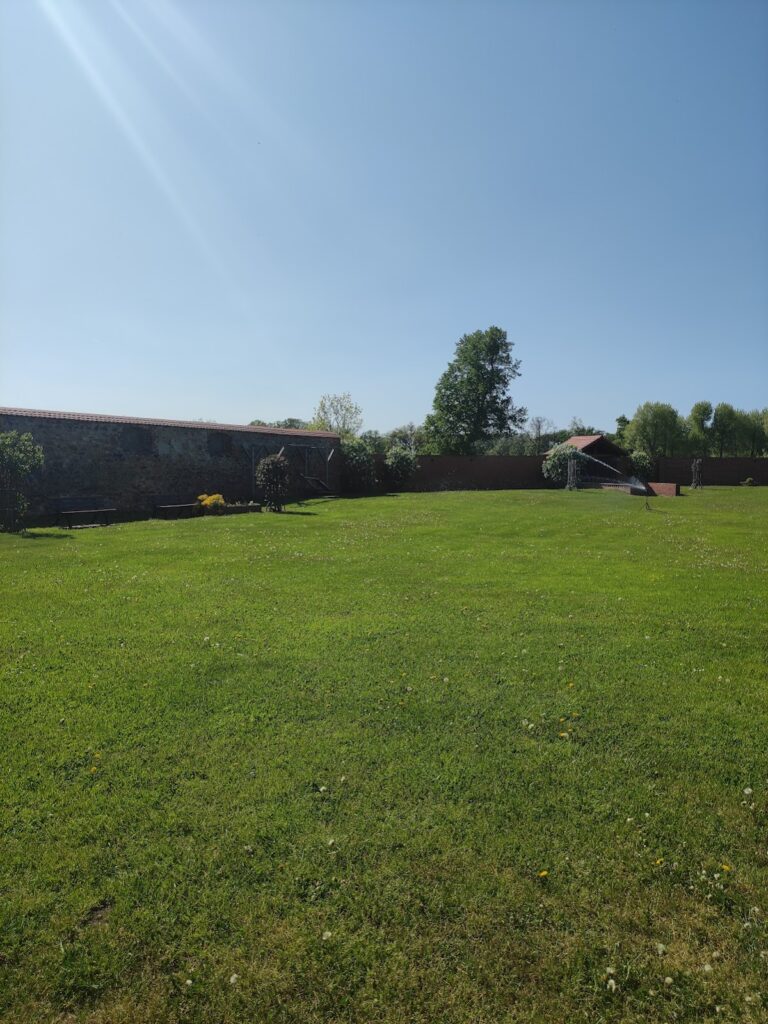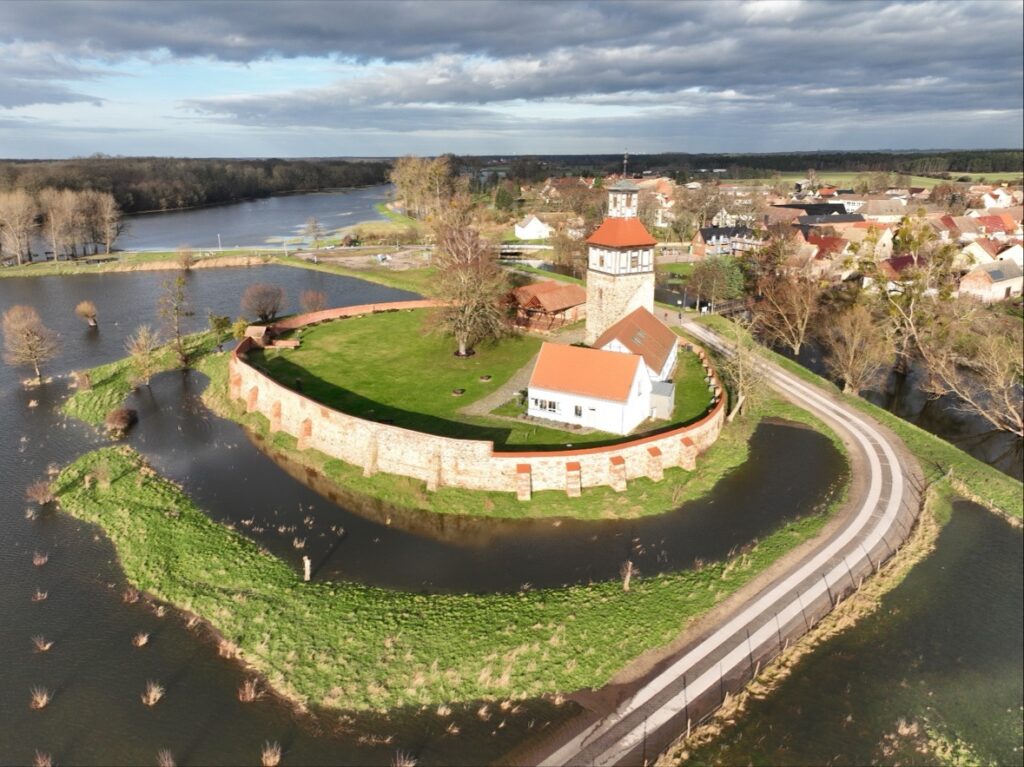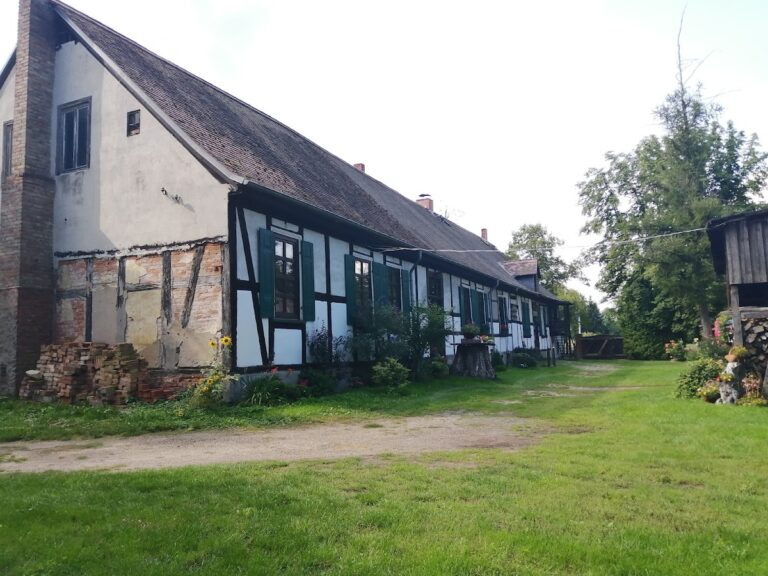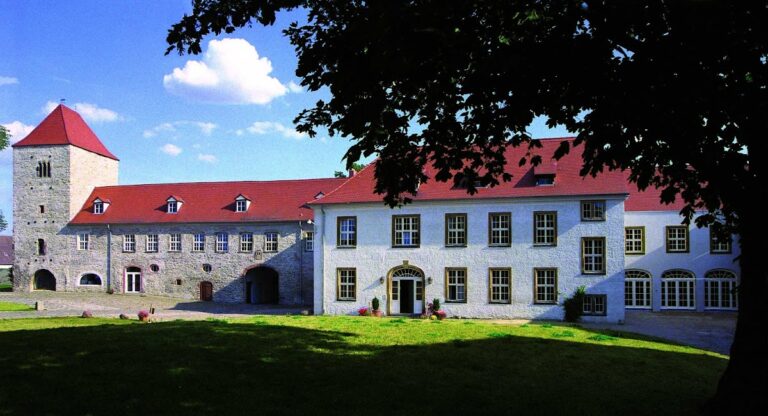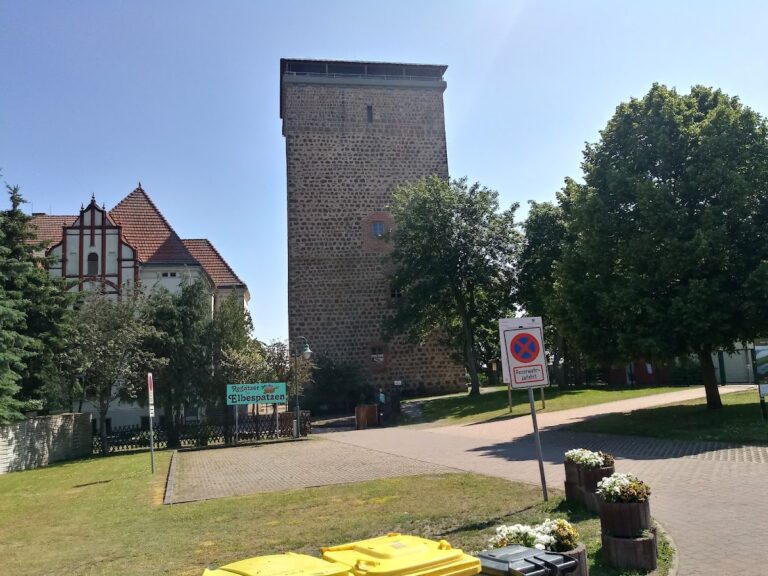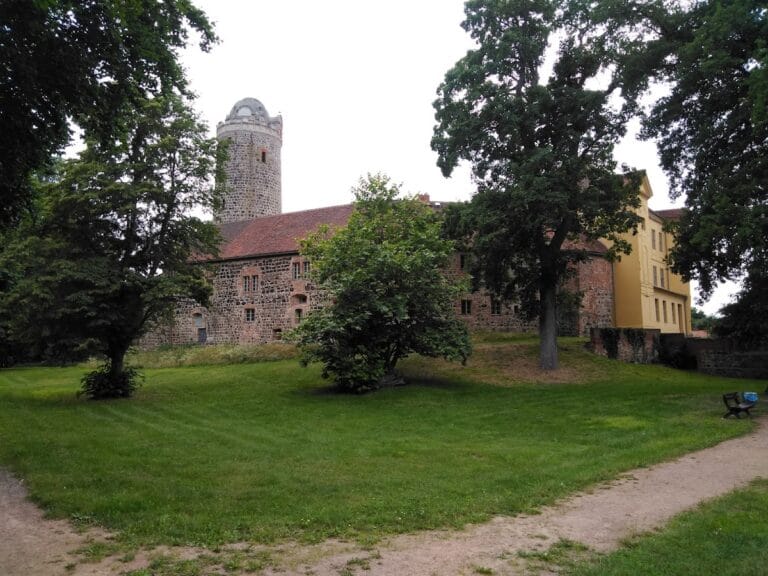Burg Walternienburg: A Medieval Castle in Germany
Visitor Information
Google Rating: 4.7
Popularity: Low
Country: Germany
Civilization: Unclassified
Site type: Military
Remains: Castle
History
Burg Walternienburg is located in the municipality of Walternienburg in present-day Germany. The castle’s origins are linked to the early medieval period, though it remains unclear whether its initial construction was initiated by early German settlers or built on the foundations of an older Slavic stronghold.
The earliest known record of the castle dates back to the year 973, when it was referred to as “nigenburg.” At that time, documents show a connection between the site and the donation of certain trade and honey tithes to the Archbishopric of Magdeburg. Just one year later, in 974, the surrounding area designated as the district or “pagus” of “nigenburg” was granted to the Quedlinburg Abbey, a prominent religious institution. The abbess of this abbey then granted the administration of the district to the Lords of Arnstein, who served as local overseers or reeves.
Over time, the castle lost its importance as a frontier stronghold separating different territories. As its military relevance diminished, Burg Walternienburg transitioned into an administrative center, maintaining governance roles within the region. In the period corresponding to the mid-14th century, the castle underwent significant construction, including the erection of a stone keep, known as a bergfried. Around 1359, the name “Walter” was appended to the castle’s title, likely in reference to Count Walter II of Arnstein-Barby, an influential noble family that managed the area.
Following the extinction of the Counts of Barby, the governance of the Walternienburg office shifted in 1659 to the Principality of Anhalt-Zerbst. The castle came under Prussian control starting in 1815, reflecting the broader political changes in the region during that era. In the latter half of the 18th century, substantial renovations altered the castle’s appearance, defining much of its look up until the early 20th century.
After the Second World War, Burg Walternienburg was repurposed exclusively as a residential property. Over the subsequent decades, limited maintenance led to the gradual decline of the structures. By 1973, the castle no longer fulfilled any specific function, which ultimately resulted in the commencement of demolition work in 1988.
Remains
The remaining structures of Burg Walternienburg reveal its medieval origins and strategic significance. The site incorporates a system of earthworks that includes a defensive rampart, which is a raised defensive wall of earth, and a surrounding moat or ditch. These features served to protect the castle by creating substantial physical barriers against attackers.
The most prominent surviving stone structure at the castle is the bergfried, a tall tower constructed in the 14th century. Standing approximately 30 meters in height, the bergfried’s walls are remarkably thick at 3.5 meters, while its interior space measures roughly 2 by 2 meters. This made it a robust defensive element and a final refuge during attacks. The upper part of the bergfried was enhanced with a timber-framed room, known as a Fachwerkaufsatz, indicating a multi-level design that combined both stone and wood construction methods.
In addition to the bergfried, remnants of the surrounding ring wall, which would have enclosed the castle complex, are still visible. These fortifications outline the protective boundary around the castle, though not all sections survive intact.
Today, the preserved earthworks and the bergfried stand as key witnesses to the castle’s medieval past. Their construction techniques and materials reflect the typical defensive architecture employed during the period. The location of Burg Walternienburg on the Nuthe river also underscores its strategic placement within the landscape near the town of Zerbst/Anhalt.
